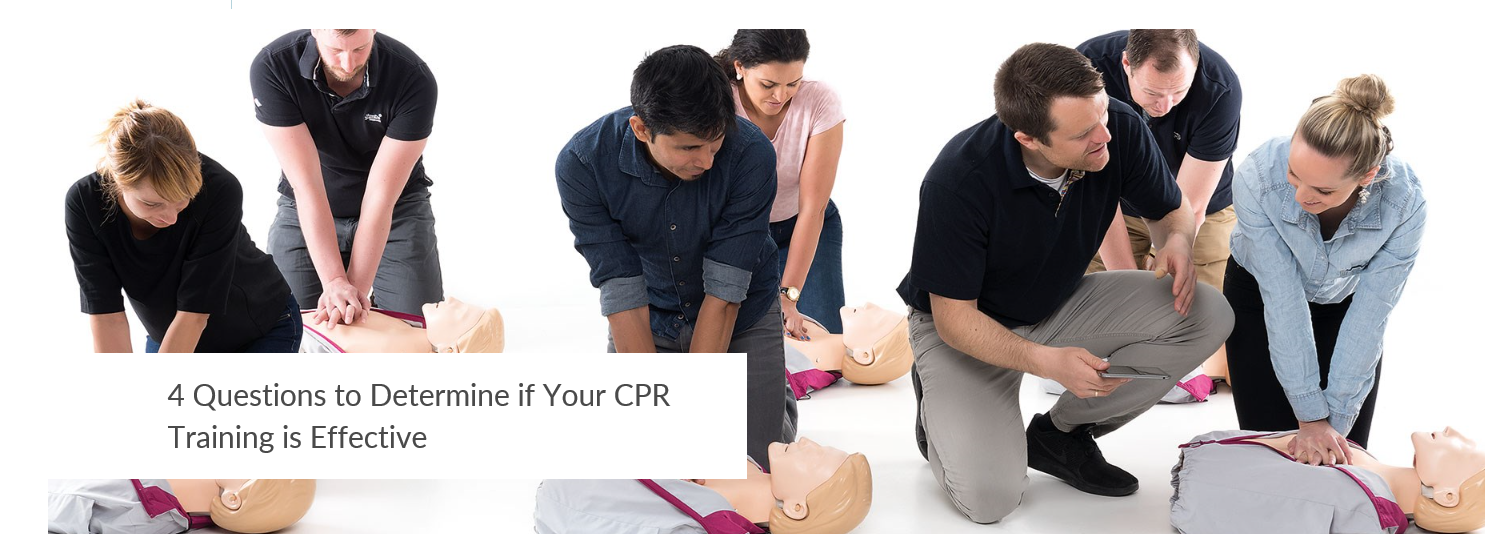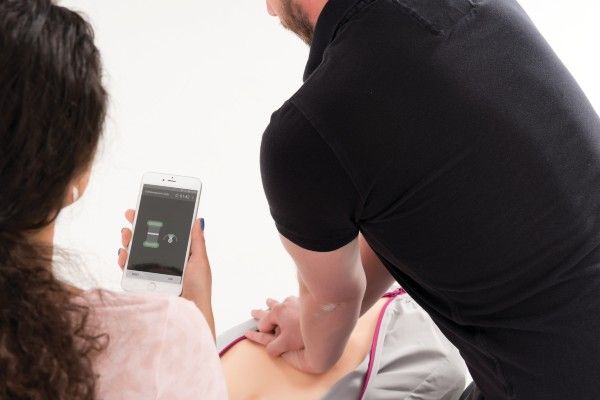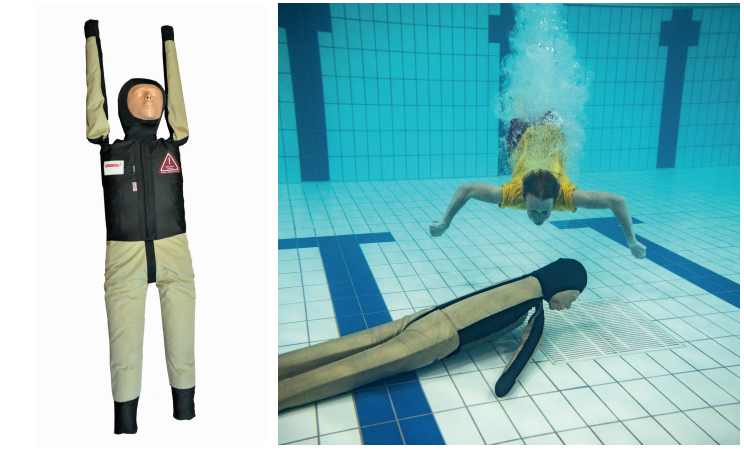
Achieving student engagement is a fundamental challenge in any form of education, especially when the student is a beginner or is someone refreshing their skills. If you are an instructor in Cardiopulmonary Resuscitation (CPR), you've likely struggled to keep people engaged - especially when teaching laypeople.
Laypeople learning CPR for the first time are often surprised by the prescriptive training agenda necessary to impart a clinical skill. They are not prepared for the didactic training involved; instead, they expect to get right to practicing compressions on a manikin. The challenge for many instructors is that when students encounter this prescriptive approach, they may become disengaged. They can begin to focus just on passing the test. But will they leave confident to perform later? And, how will they perform later?
One of the most tried and tested models for measuring training effectiveness is the Kirkpatrick Model. Trusted by educators for decades, the Kirkpatrick Model can help you target opportunities for engagement by addressing four simple, yet targeted, questions.
Below, we outline how to apply this model to your training and achieve engagement during every class.
According to the Kirkpatrick Model, it is important to gauge each student’s reaction to the material so that you can better identify what they need to stay active in the learning process.1 Where are the opportunities within your prescribed curriculum to make the training more interesting, useful, and challenging?
To better engage learners in your course, you might consider including incentivized games. Gamification, or the process of applying game-related principles to learning, has become a popular way of motivating learners to participate.2
Evidence has shown that even physicians are turning toward online video "games" as a learning tool, requiring less time to learn necessary information and competing against other physicians.4 The use of gamification entering the healthcare field indicates that it has applications to learning life-saving techniques. And, CPR training is no exception.
Friendly competition can make a big impact in the classroom; today's CPR feedback technology can help to facilitate this type of competition naturally.

The QCPR Classroom App is now available for our Little Anne QCPR with feedback and a gaming element. This enables instructors to improve classroom efficiency, increase learner engagement, and boost the overall quality of their CPR training – with up to 42 manikins at the same time.
After addressing learner engagement, the Kirkpatrick Model recommends that you move your focus to how much the students have learned. Do your students leave the course knowing when and how to perform effective CPR? In order to provide a comprehensive answer, you may need to more-accurately measure the quality of each student’s CPR.
With the ability to measure chest compression fraction, rate, depth, and recoil, along with ventilations, today’s manikin technology can show your students precisely how their performance relates to the content you have been teaching them.
*Updated from 2013 to meet 2015 Guidelines
In addition, it's worth gauging how likely your students are to train others or continue practicing their CPR skills. 70% of Americans feel helpless to act during a cardiac emergency because they either do not know how to administer CPR or their training has significantly lapsed.6 Understanding what sudden cardiac arrest is, knowing what to do in an emergency, and receiving accurate feedback and corrections during hands-on practice may encourage more bystanders to take action if and when the time comes.
The third level of the Kirkpatrick Model specifically advocates assessing behavior change (following training). Will your learners perform CPR on a victim of sudden cardiac arrest?
Research shows that more bystanders stand by idly when faced with a cardiac emergency. Only 46% of cardiac arrest victims receive CPR from a bystander.7
A study conducted by the American Heart Association delved deeper to uncover exactly why most people choose not to intervene.8 Reasons respondents provided include:

Dr. Rob Rosenbaum, emergency doctor with Christiana Care Health System and EMS director for New Castle County, Delaware
For instructors, this means putting an increased focus on improving learner confidence. Rather than simply understanding the mechanics of good CPR, students gain confidence through repetitive practice, accurate performance feedback, and the reinforcement of proper technique.
When measuring the overall results of your training, the number of lives saved carries the most weight. Every minute and a half, someone in the United States goes into cardiac arrest outside of a hospital.10 Four out of five times, the victim is at home.11 Because of this, it isn’t typically a paramedic or a doctor beginning CPR on a victim – it’s a layperson, a victim’s friend, a victim's loved one.
As a CPR instructor, you have the ability to prepare them to save a life. With the most engaging training methods, positive learner attitudes, and the right tools, students can leave your class feeling as inspired as they did when they entered.
Do you feel like your learners are leaving your CPR training program less inspired than when they entered it? Use these tips to grab and keep your learners’ attention.






